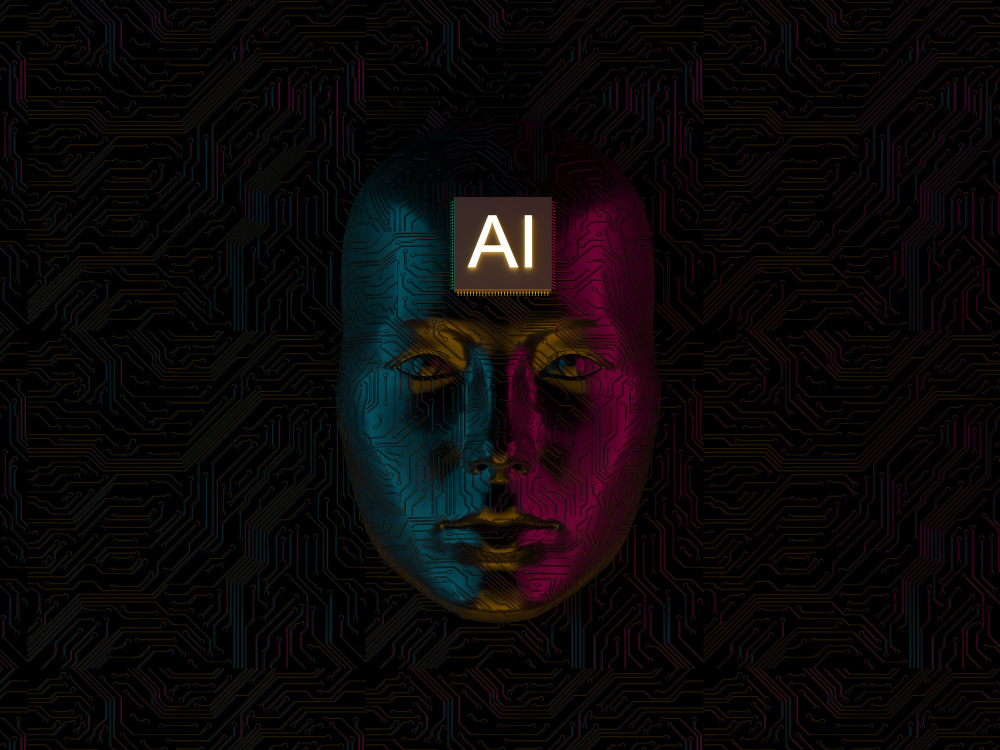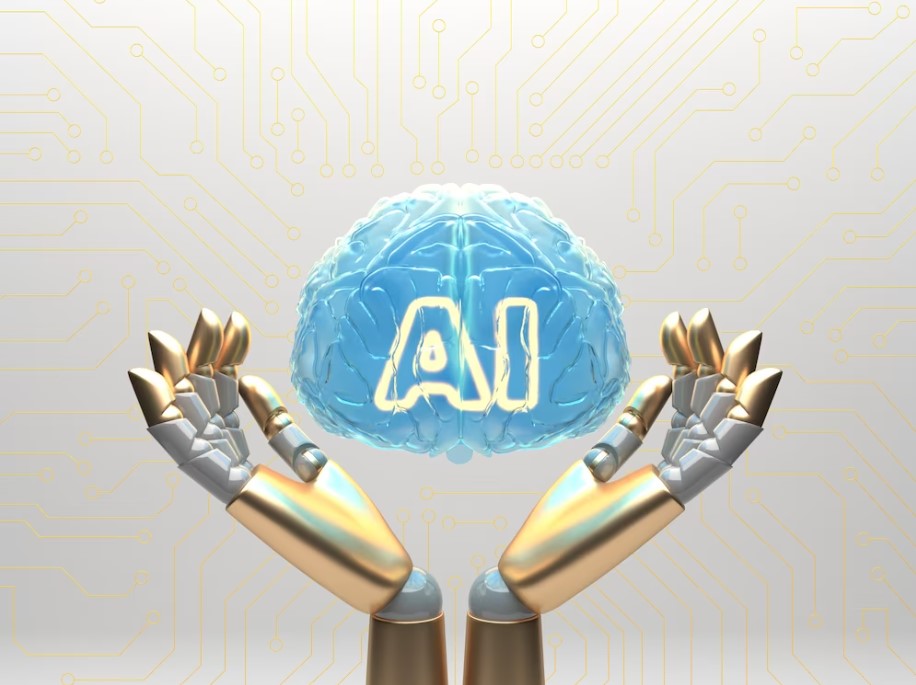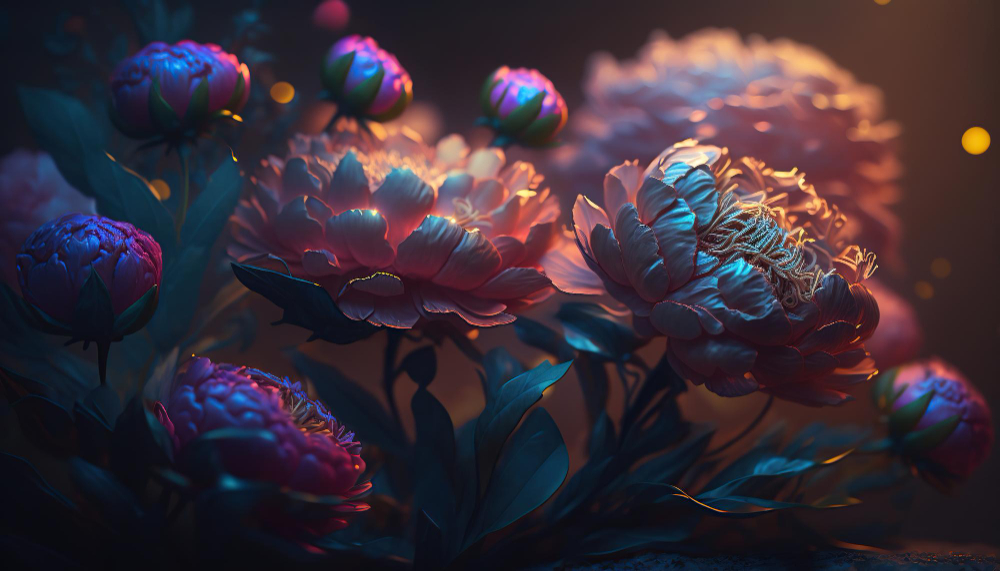The ethical implications of AI art: Who owns the rights to an AI-generated masterpiece?

Art has always been a deeply human endeavor, with creativity and imagination fueling the inspiration behind every masterpiece. However, with the advent of artificial intelligence, the boundaries of creative ownership and intellectual property have been pushed into new, uncharted territories. As AI-generated art becomes increasingly popular, the question of who owns the rights to these works has become a matter of ethical concern.
The development of AI has revolutionized the art world, producing incredible pieces that rival human creativity. From the iconic portrait generated by the AI algorithm, "Edmond de Belamy," to the avant-garde works of artist Mario Klingemann, AI-generated art has quickly become a hot topic in the world of contemporary art. However, the very nature of AI art raises questions about ownership rights and creative authorship.
When it comes to AI-generated art, there is a fundamental question at play: who owns the rights to the work, the artist or the machine? This issue becomes even more complex when considering that AI is not a singular entity, but rather a combination of algorithms and data sets. So, who then owns the rights to the data sets used to train the machine? And who is responsible for the creative process?

One of the biggest ethical concerns surrounding AI art is the potential loss of creative ownership. In the traditional art world, the creator holds the rights to their work, allowing them to profit from its sale and control its use. But with AI-generated art, the lines of creative ownership become blurred. If the machine is responsible for the creative process, who holds the rights to the finished product?
Another ethical issue that arises is the possibility of exploiting artists. In a world where machines can generate art, there is a risk that AI-generated art will be used as a cheap alternative to human-created works, leading to a devaluation of the artistic profession. This could ultimately result in artists being forced to compete with machines for creative opportunities, leading to a decline in the value placed on creative labor.
In addition to the ethical implications, there are also legal considerations to take into account. Copyright laws, which protect the rights of creators, have yet to catch up with the advancements in AI-generated art. While some argue that copyright laws should be extended to include AI-generated works, others argue that the law is already too restrictive, limiting the potential for innovation and creativity.

So, what is the solution to these ethical and legal dilemmas? One potential solution is to develop a new set of laws and regulations specifically designed for AI-generated art. This would require a redefinition of what constitutes creative ownership and intellectual property, as well as a reassessment of the role of the artist in the creative process. In addition, it would require a clear understanding of the relationship between machines and their human creators, as well as the ethical implications of their collaboration.
Another solution is to incorporate ethical considerations into the development of AI algorithms. By designing algorithms with ethical principles in mind, it may be possible to ensure that the machine's creative output aligns with human values and principles. This could help to ensure that AI-generated art is not exploitative or degrading to the artistic profession.
The rise of AI-generated art has created a range of ethical and legal implications that require careful consideration. While it is clear that the development of AI technology has the potential to revolutionize the art world, it is important that we approach this change with a critical eye. By developing a better understanding of the ethical implications of AI art and exploring potential solutions to these issues, we can ensure that AI-generated art is both innovative and ethical.
Ultimately, the question of who owns the rights to an AI-generated masterpiece remains a complex and nuanced issue. As AI technology continues to evolve and shape the art world, it is important that we continue to examine these issues and work towards creating a fair and equitable system that recognizes the contributions of both humans and machines.
To achieve this, it is important for stakeholders in the art world, from artists to collectors to policymakers, to engage in a dialogue about the ethical implications of AI art. This dialogue must be open and inclusive, welcoming a diverse range of perspectives and opinions.
Furthermore, it is important for artists to be proactive in understanding and engaging with AI technology. By learning about the technical and creative aspects of AI art, artists can ensure that they remain at the forefront of this rapidly evolving field. This can also help to ensure that the artistic profession is not devalued by the rise of AI-generated art, but rather continues to be seen as an essential component of the creative landscape.
--------------------------------------
ZapMyWork.com is your one-stop shop for all your freelance needs. We are an online marketplace that connects clients with skilled and talented freelancers from around the world. One of the things that sets us apart from other freelance marketplaces is our rigorous screening process. We carefully vet all of our freelancers to ensure that they have the skills and experience to deliver high-quality work, one project at a time. Let us know how we can help you today!
Recent Posts
-
04/26/2024Thriving Through Flexibility: How FlexiConsulting Found Success with ZapMyWork
-
04/19/2024Flourishing Home Trends: How "ZapMyWork" Became the Cornerstone of Our Interior Design Success
-
04/15/2024Weaving Success with ZapMyWork's Freelance Marketplace
-
04/12/2024Streamlining Project Management in Small Businesses: The ZapMyWork Experience with ClearVision Consulting
-
04/10/2024Transforming Toy Design with Electronics Engineering Freelancers: A Case Study on ToyInnovate
Store Address
Information
Copyright © 2022 - Present. ZapMyWork, LLC. All Rights Reserved




